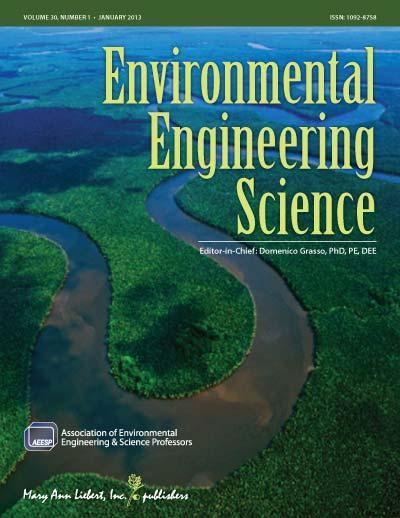New Rochelle, NY, August 15, 2013—Existing urban water systems are at the end of their design lifetimes. New, innovative solutions are needed, and these must combine technology and engineering with an understanding of social systems and institutions. The current issue of Environmental Engineering Science, the Official Journal of the Association of Environmental Engineering and Science Professors, focuses on Re-inventing Urban Water Systems. Of particular note is an insightful article that presents the challenges and opportunities facing urban water system innovation, available free on the Environmental Engineering Science website.
The article, entitled "The Innovation Deficit in Urban Water: The Need for an Integrated Perspective on Institutions, Organizations, and Technology," contends that for new innovations to be implemented successfully, engineers must understand the social, economic, institutional, and political mechanisms that underlie the human-technology interface.
Coauthors Michael Kiparsky, David Sedlak, Barton Thompson, and Bernhard Truffer (University of California at Berkeley School of Law; University of California at Berkeley School of Engineering; Stanford Law School and Woods Institute for the Environment, Stanford, CA; and Swiss Federal Institute of Aquatic Science and Technology, Dübendorf, Switzerland, respectively) are all members of a U.S. National Science Foundation Engineering Research Center focused on developing new approaches to urban water infrastructure - ReNUWIt (Reinventing the Nation's Urban Water Infrastructure).

Environmental Engineering Science is published in print and online 12 times per year. For more information visit www.liebertpub.com/ees.
(Photo Credit: ©2013, Mary Ann Liebert, Inc., publishers)